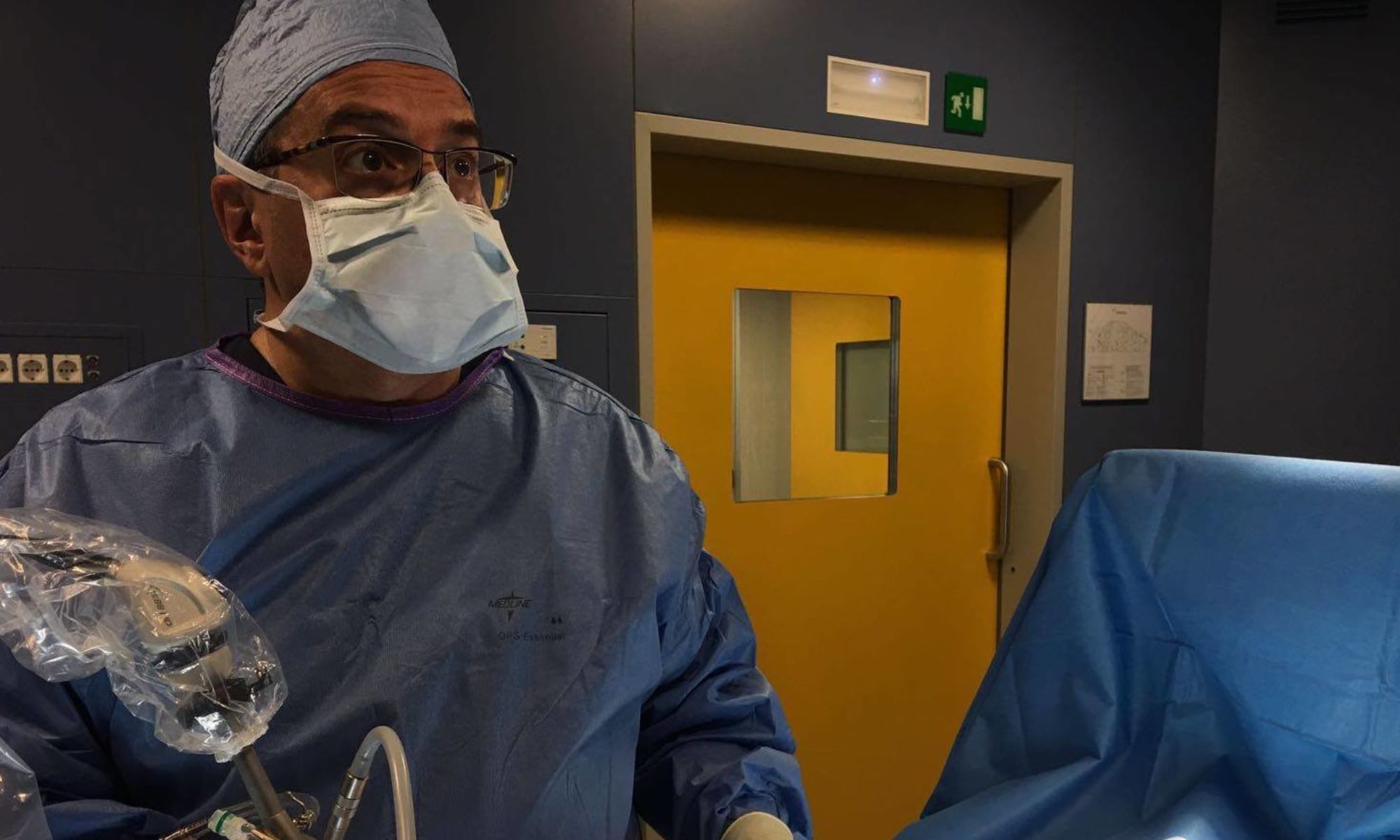[vc_row row_type=”0″ row_id=”” blox_height=”” video_fullscreen=”true” blox_image=”” blox_bg_attachment=”false” blox_cover=”true” blox_repeat=”no-repeat” align_center=”” page_title=”” blox_padding_top=”” blox_padding_bottom=”” blox_dark=”false” blox_class=”” blox_bgcolor=”” parallax_speed=”6″ process_count=”3″ video_url=”” video_type=”video/youtube” video_pattern=”true” row_pattern=”” row_color=”” maxslider_image1=”” maxslider_image2=”” maxslider_image3=”” maxslider_image4=”” maxslider_image5=”” maxslider_parallax=”true” maxslider_pattern=”true”][vc_column width=”1/1″][vc_column_text]
WHAT IS IT
It is a chronic injury of skin tissue lies in the region of the buttock crease and has no relation to the anus and anal canal.
Most frequently in males (ratio of about 3: 1) and in an age between 15 and 30 years, only rarely becomes complicated and require surgical care over 30 years.
There has been a tendency in obese people with a hair apparatus highly developed and in all those patients who have to work constantly in the sacred region coccyx injuries as drivers or lorry drivers
ORIGIN
There are two main theories about the appearance of the sacred cysts coccyx a congenital and an acquired. The first could be caused by the persistence of a residual embryonic ectoderm or a combination rear raphe subsequent formation of sacrococcygeal cysts
The acquired theory predicts the presence of hair in the area that, as a result of trauma, rubbing, poor hygiene, but may be incorporated, determining before the formation of cysts and subsequently with the infection the resulting fistula.
EVENT
Initially asymptomatic and not considered is then brought to the attention of the physician with the onset of the infection: production of pus, pain, fever, malaise.[/vc_column_text][ultimate_carousel slider_type=”horizontal” slide_to_scroll=”all” slides_on_desk=”6″ slides_on_tabs=”3″ slides_on_mob=”2″ infinite_loop=”off” speed=”300″ autoplay=”off” autoplay_speed=”5000″ arrows=”show” arrow_style=”default” border_size=”2″ arrow_color=”#333333″ arrow_size=”24″ next_icon=”ultsl-arrow-right4″ prev_icon=”ultsl-arrow-left4″ dots=”off” dots_color=”#333333″ dots_icon=”ultsl-record” draggable=”on” touch_move=”on” item_space=”15″][vc_single_image image=”82″ alignment=”center” border_color=”grey” img_link_large=”” img_link_target=”_self”][vc_single_image image=”81″ alignment=”center” border_color=”grey” img_link_large=”” img_link_target=”_self”][/ultimate_carousel][vc_column_text]
TREATMENT
Following the appearance of an abscess, it is necessary to urgent treatment, which includes the incision and drainage with subsequent intervention for the radical removal of cysts and / or fistula.
In case of cysts and / or chronic fistula is programmed proceeds to radical surgery.
There are many techniques used and described in the literature, methodical open, closed and half-open.
Following the frequent relapses with the closed method you prefer to run the open or semi-open.
RECURRENCE
Prevention of recurrence is important hygiene, ventilation of the wound and the weekly removal of the surrounding skin.[/vc_column_text][vc_row_inner][vc_column_inner el_class=”” width=”1/3″][ultimate_modal icon_type=”none” modal_title=”Intervention pictures” modal_contain=”ult-html” modal_on=”button” onload_delay=”2″ btn_size=”lg” btn_bg_color=”#325b7b” btn_txt_color=”#ffffff” modal_on_align=”center” txt_color=”#f60f60″ modal_size=”medium” modal_style=”overlay-cornerbottomleft” overlay_bg_color=”#333333″ header_text_color=”#333333″ modal_border_width=”2″ modal_border_color=”#333333″ modal_border_radius=”0″ btn_text=”Intervention pictures”]
[vc_gallery type=”image_grid” interval=”3″ images=”90,89,88,87,86″ onclick=”link_image” custom_links_target=”_self”]
[/ultimate_modal][/vc_column_inner][vc_column_inner el_class=”” width=”1/3″]
[/vc_column_inner][vc_column_inner el_class=”” width=”1/3″]
[/vc_column_inner][/vc_row_inner][/vc_column][/vc_row]
